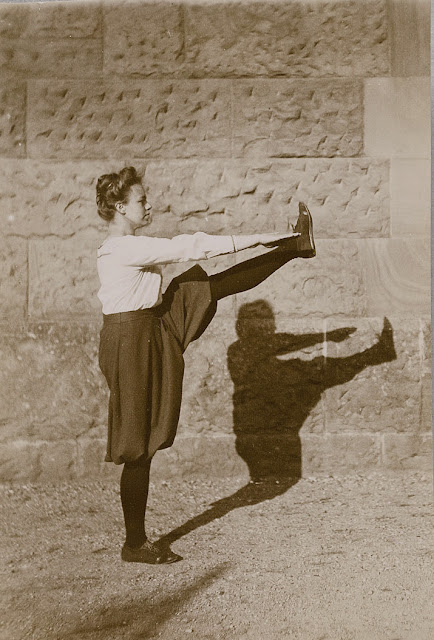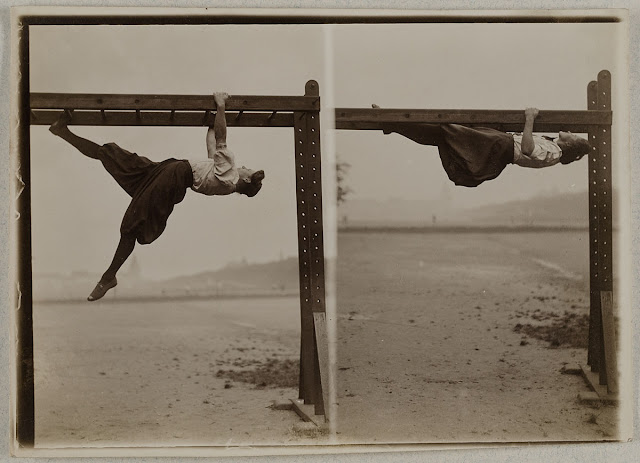Vintage Photographs Show German Women Practicing Swedish Gymnastics in Hamburg From the Early 20th Century.H
These photographs were taken between 1902 and 1910 by Heinrich Hamann in Hamburg, Germany. As a keen gymnast, Hamann portrayed many athletes in action. Here, German women exercising Swedish Gymnastics in a sports hall and on the Heiligengeistfeld (German: “field of the Holy Spirit”) in Hamburg’s St. Pauli quarter.
During the 19th century, Swedish Gymnastics became one of the main models of physical education in the Western world. Swedish Gymnastics (also known as the Swedish Movement Cure) was founded in the early 19th century by poet, student of theology and European languages Pehr Henrik Ling (1776–1839).
There were two experiences that brought Ling to the world of Physical Culture. Firstly, as a response to Sweden losing territory to Russia during the Napoleonic Wars, Ling the poet began exploring Viking mythology (which was common with the ‘Romantics’ of the time) and decided the nation had degenerated physically from its past ‘glories’. Secondly, whilst studying languages in Denmark, Ling undertook Fencing classes and realized the physical conditioning sessions greatly improved the health of some gout that was in his arm.
Subsequently he decided to familiarize himself with Nachtegall’s Danish Gymnastics and upon returning to Sweden, Ling taught Fencing and began developing the Swedish Gymnastics system. Ling’s Gymnastics were a ‘lighter’ floor style utilizing only the ‘Swedish Bars’ apparatus (invented by Ling) and exercises were chosen for their influence on the body and health. The Swedish Gymnastics system also included manual therapy techniques.
(Photos by Heinrich Hamann / The Museum für Kunst und Gewerbe Hamburg, via Flaskbak)





















